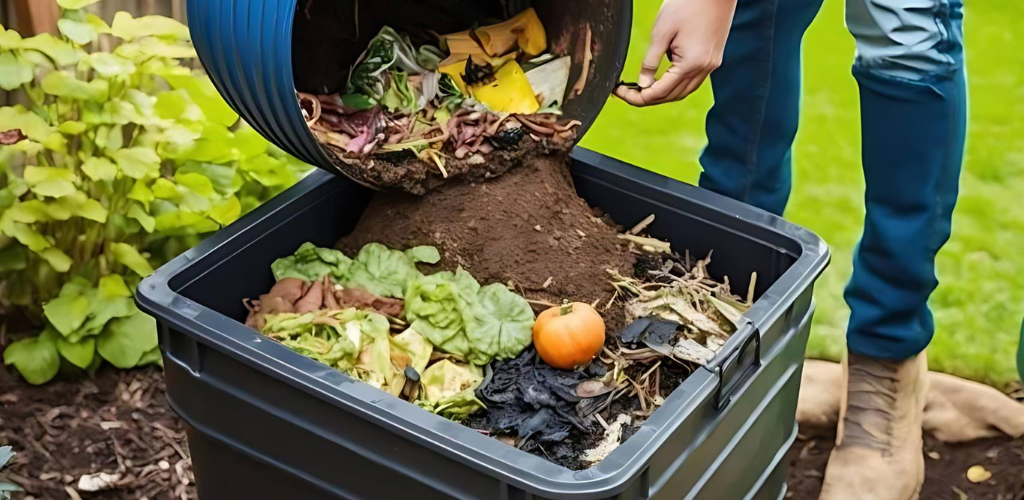21.07.2024
The Ultimate Guide to Composting: Transforming Waste into Garden Gold
Step 1: Container Preparation
- Choose a suitable container for composting. It can be a commercial composter or a homemade one made from materials such as wood or recycled pallets.
Step 2: Material Selection
- Identify compostable materials, such as kitchen scraps (fruit and vegetable peelings, coffee grounds, crushed egg shells), grass clippings and dried leaves, and garden plant clippings (no weed seeds or diseased plants) .
Step 3: Maintaining Balance
- Make sure to maintain an adequate ratio of green materials (rich in nitrogen) and brown materials (rich in carbon). A good rule of thumb is to keep about 2 parts brown materials for every part green materials.
Step 4: Rotation and Aeration
- To speed up decomposition, turn or aerate the compost regularly. This makes it easier for microorganisms to break down materials efficiently.
Solution to Common Problems:
Unpleasant smell:
- If the compost emits an unpleasant odor, add dry brown materials and stir to improve air circulation.
Too Dry:
- Sprinkle water on the compost to restore moisture, avoiding over-soaking.
Presence of Pests:
- Avoid adding cooked foods or dairy products to the compost to avoid pests. Cover the compost with fine mesh or cover the container tightly if you have problems with rodents or insects.
Additional Tips:
Use of Compost:
- Use the compost as a soil amendment or potting base layer once it is ready (usually after 2-3 months). You can also make compost tea to water plants.
Urban Composting:
- If you live in a small space, consider using compact composters or practicing vermicomposting with worms.
Conclusion:
- Composting is a valuable skill for improving the health of your garden and reducing household waste. Get started today and turn your waste into gold for your garden!
